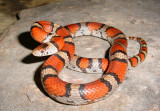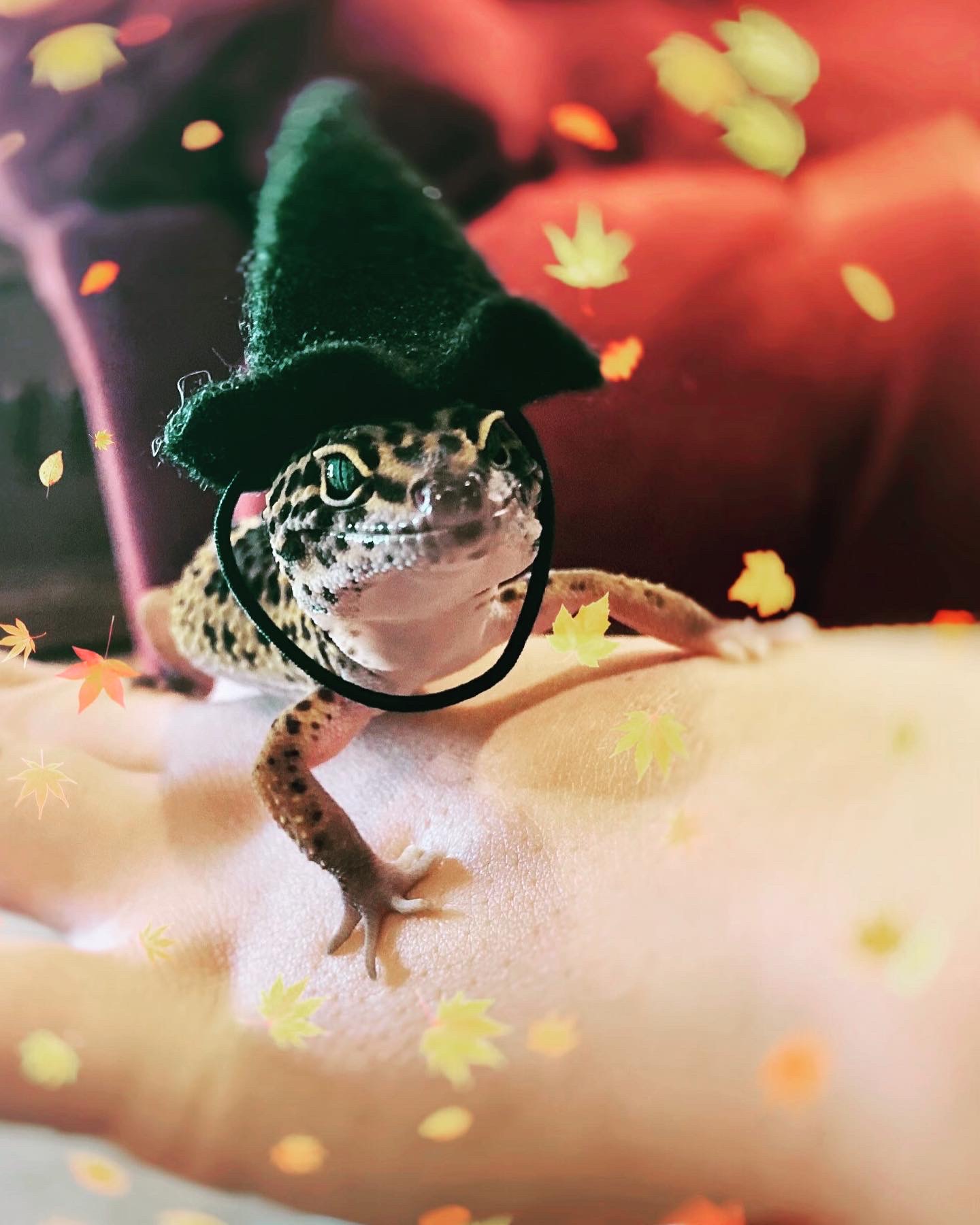

If you allow the snake to cool down slightly, it might be a little easier to handle. Because snakes are ectothermic, they become lethargic as the temperature drops.There are a few tricks you can use to calm a snake down. Sometimes you'll be able to hold one for an hour other times, a snake will take several weeks of dedicated effort before it trusts you. If the snake is agitated, trying to bite, and generally uncomfortable with being held, don't force it. Some are more tolerant of it than others. Once the 5 to 7 days have passed, begin by handling the snake a little bit at a time. Spot clean any waste in the cage but don't clean the entire cage.Don't attempt to feed the snake during this time.Avoid handling the snake during this time.

Keep the cage out of high traffic areas, so the snake isn't bothered by lots of people walking by all the time.

There are a few things you can do that will help with this effort. The length of time required varies, but most people who deal with snakes agree that it generally takes 5 to 7 days.ĭuring the adjustment period, you should make every effort not to disturb or otherwise stress the snake. They need a period of adjustment during which they can get comfortable with their new surroundings. While this is certainly tempting, it is one of the worst things you can do with a new pet snake. If you're like most people when you get a new pet of any kind, the first thing you want to do is spend time showing it to anyone and everyone you might meet. PDPhotos from Pixabay via Adjustment Time and Handling If you wish to dissuade a snake from using your area as a sunning space, MassAudubon is a resource of information to help you out.Learn what you should do in the first few days after you get your pet snake. While many people enjoy the novelty of seeing a wild snake out in nature, some do not, particularly if the snake is sunning itself on their patios. Snakes do not carry diseases that can be transmitted to humans. They generally will only bite when they are provoked or otherwise threatened. If you encounter a snake remember that they wish to avoid people. This is because snakes are ecotherms, which means they rely on their environment to regulate their body temperature. Often, people will see a snake basking in the sun or slither under a rock. MassAudubon has a great web page with identifications for all of the native snake species of Massachusetts. There are only two venomous species, the timber rattlesnake and northern copperhead, but they are very rare. It can be identified through its brown, tan and reddish mottled color pattern.

Milk snakes are most often found in fields or rocky areas and at the edge of wetlands. They can be identified by spotting the long stripes that runs down the length of their bodies. The Eastern garter snake is often mistakenly called “garden” snakes because that’s where they are often found. This makes them welcomed friends in our gardens. Both are harmless…unless you’re a mouse. Snakes are carnivores and will eat small mammals, amphibians, worms, and insects. The two snakes most commonly spotted are the garter snake and milk snake. Of the 14 native species in Massachusetts, three species are listed as endangered and one is listed as threatened. Many snakes have suffered from habitat loss and condemnation. Plus, most of the snakes in Massachusetts are not venomous. Though they get a pretty bad rap, these wonderful reptiles provide a valuable service for our homes and gardens. These cold blooded, sun lovers can be seen throughout Weston all summer long.


 0 kommentar(er)
0 kommentar(er)
